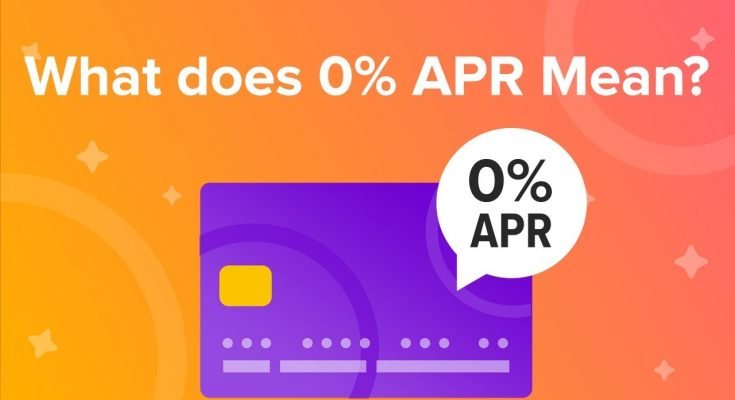APR stands for annual percentage rate, and it’s a critical factor in whether you’ll be able to pay off your credit card balance. Knowing what type of APR is on a credit card can help you make better decisions about using it. In this post, we’ll discuss the different types of APRs used by credit cards and the best way to find them.
Purchase APR
The purchase APR on a credit card is the interest rate you will be charged when you purchase your credit card. This is usually higher than the regular APR, and it is often different for each type of purchase. For example, if you have a credit card with an introductory zero percent APR for six months on balance transfers (a balance transfer promotion), but then revert to a high-interest rate after that promotional period ends, that would be considered a balance transfer APR.
Balance Transfer APR
The balance transfer APR is the interest rate you pay when you transfer a balance from another credit card to a new card. It’s usually lower than standard purchase APR, but it can still cost you more than if you had just paid off your debt. This APR is usually fixed for a set period of time and will rise after that if your account is not in good standing. The balance transfer fee can be anywhere from 3% to 5% of the amount transferred (depending on the issuer). As per the experts at SoFi, “The balance transfer APR will usually only apply on a promotional or temporary basis.”
Cash Advance APR
The cash advance APR is the interest rate you’ll be charged if you use your credit card to withdraw money from an ATM or make a purchase that doesn’t go through as a regular purchase. The cash advance APR is usually higher than the purchase APR and penalty APRs.
It’s important to note that this differs from a balance transfer or balance transfer fee. If you’re considering transferring your balance from one card to another, you must know what kind of fees are associated with making such a move. Otherwise, you could end up paying even more in interest than before.
Penalty APR
A penalty APR is a higher interest rate that applies if you pay late or make a payment that is returned for insufficient funds and can also be triggered by certain other reasons. This high-interest rate applies to new purchases and existing balances on your card.
Introductory APR
Introductory APRs are promotional rates that you can get on a credit card. They’re usually a low rate that lasts for a few months, but they’re not typically meant to be carried forward. If you do carry a balance at the introductory APR and then pay it off at the standard rate, you could end up owing more than if you’d just paid off your debt in full during the promotional period. If you plan on carrying a balance, keep this in mind when choosing which card to apply for.
We hope this article has helped you understand all the different APRs that credit cards have. Now you’ll know what to look out for when applying for a new card, so you can ensure it’s right for your needs.




